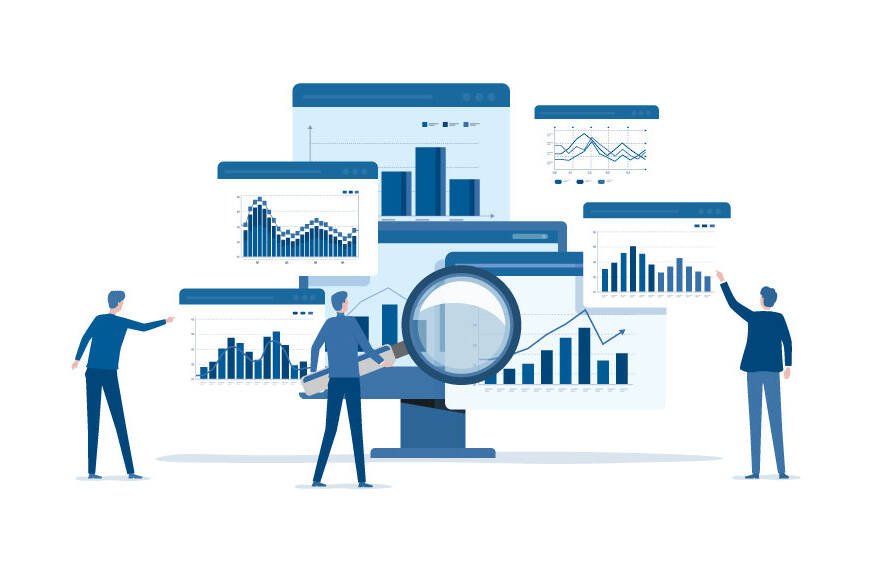 Technology has had a profound impact on our lives, and it is changing the way we live, work, and interact with the world around us. One of the most promising areas of technological innovation is the intersection of artificial intelligence (AI) and sustainability. This combination has the potential to transform the way we tackle environmental challenges and create a more sustainable future. In this article, we will explore the predictions, positives, negatives, and possible ways to use the intersection of AI and sustainability in the future.
Technology has had a profound impact on our lives, and it is changing the way we live, work, and interact with the world around us. One of the most promising areas of technological innovation is the intersection of artificial intelligence (AI) and sustainability. This combination has the potential to transform the way we tackle environmental challenges and create a more sustainable future. In this article, we will explore the predictions, positives, negatives, and possible ways to use the intersection of AI and sustainability in the future.
AI has the potential to revolutionize sustainability efforts across industries. Here are some of the predictions for the future of AI and sustainability:
- Energy Efficiency: AI can be used to optimize energy usage in buildings, transportation, and other industries. For example, AI-powered smart buildings can automatically adjust heating and lighting based on occupancy and other factors, reducing energy consumption and costs. AI can also be used to optimize traffic flow, reducing congestion and carbon emissions from cars.
- Resource Management: AI can optimize resource usage, reducing waste and increasing efficiency. This will be particularly important in industries such as manufacturing and agriculture, where resource usage is a major issue. For example, AI can be used to optimize crop yields and reduce water usage in agriculture.
- Climate Change Mitigation: AI can be used to develop new technologies and solutions for mitigating the effects of climate change. For example, AI could be used to develop new materials that are more environmentally friendly or to optimize carbon capture and storage technologies.
- Sustainability Reporting: AI can automate sustainability reporting, making it easier for companies and organizations to track their progress and identify areas for improvement. This will allow for more accurate and efficient reporting of sustainability metrics.
- Consumer Awareness: AI can provide consumers with more information about the environmental impact of the products they buy, helping them to make more sustainable choices. For example, AI can be used to provide information on the carbon footprint of products or the sustainability of the supply chain.
Positives
The intersection of AI and sustainability has many potential benefits:
- Improved Efficiency: By optimizing resource usage and energy efficiency, AI can help reduce costs and improve productivity. This can benefit both the environment and the economy.
- Environmental Impact: AI can help reduce the environmental impact of industries by reducing waste and emissions. This can help address climate change and other environmental issues.
- Innovation: The intersection of AI and sustainability can drive innovation, leading to the development of new technologies and solutions to environmental challenges.
- Improved Reporting: AI can help companies and organizations report sustainability metrics more accurately and efficiently. This can help identify areas for improvement and promote transparency.
- Consumer Awareness: AI can help consumers make more sustainable choices by providing them with more information about the environmental impact of products.
Negatives
However, there are also potential negatives to the intersection of AI and sustainability:
- Bias: AI can be biased if it is not properly programmed or trained. This can result in unintended consequences or unfair outcomes, particularly for marginalized communities.
- Dependence on Technology: The increasing reliance on technology can lead to a loss of traditional skills and knowledge. This can have negative impacts on communities and cultures.
- Privacy Concerns: AI relies on data, and the collection and use of data can raise privacy concerns. It is important to ensure that data is collected and used ethically and transparently.
- Job Displacement: The increasing automation of industries through AI can result in job displacement. It is important to ensure that the benefits of AI are shared equitably and that workers are supported through this transition.
- Infrastructure Challenges: The adoption of AI and other technologies to improve sustainability may require significant investment in infrastructure, which can be challenging for some communities and industries.



